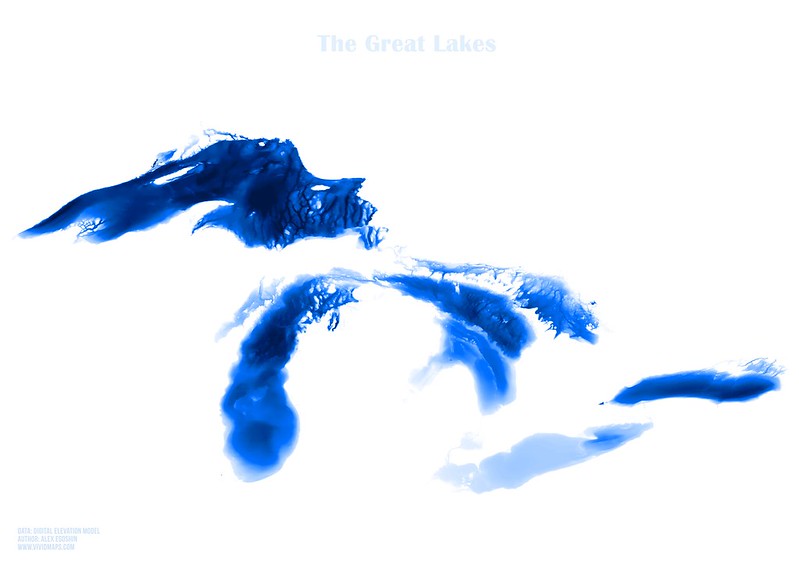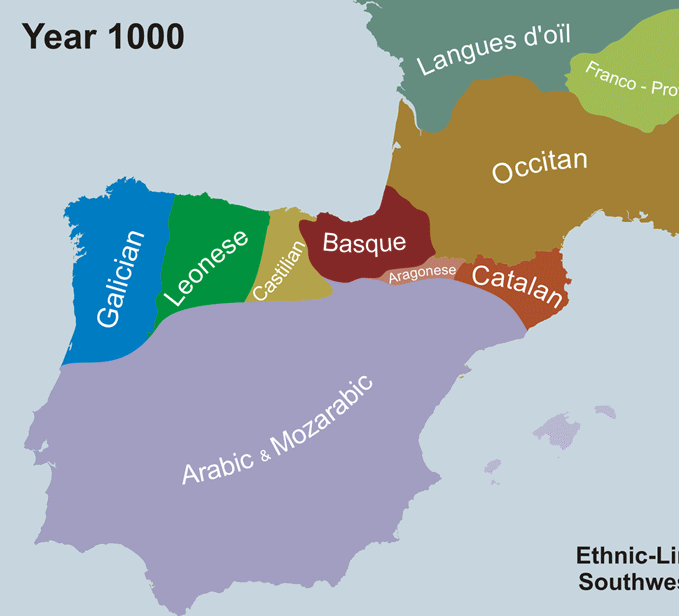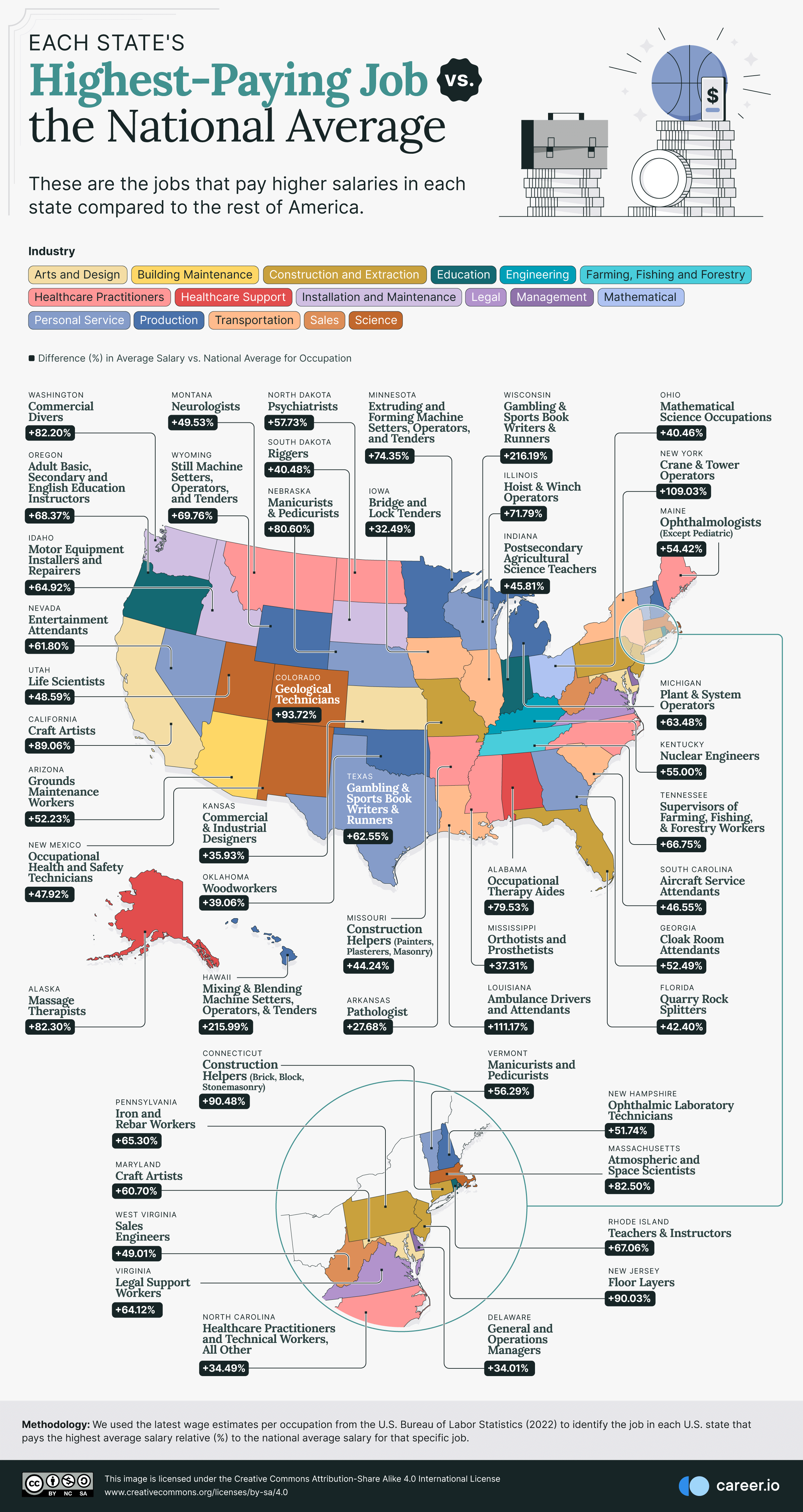Map of all territories of the Portuguese Empire (1419-1999)
The Portuguese Empire was one of the biggest and longest-lived empires in world history; it existed for nearly 6 centuries, from the capture of Ceuta in 1415 to the handover of Portuguese Macau to China in 1999. The Second Portuguese Empire spanned 5.4 million square kilometers or 2.12 million square miles at its peak.

Like another kingdom of the Iberian Peninsula, the decline of the Moores allowed Portugal to make territorial gains during her first few centuries; Portugal started as a country, paying tribute to Leon, but gained complete independence in 1139. After the liberation of the Algarves in 1249, Portugal turned to the Barbary and Gold Coasts in Western Africa, trying to benefit from trade. This led to the first modem European colonial empire and spread farther afield to Brazil, Eastern Africa, Ceylon, and finally Japan. A slow decline of Portuguese power to the benefit of the Dutch caused Portugal to start to lose colonies in the East. Despite this, the Netherlands could not hold onto any Portuguese colonies in the Americas, and finally, Portugal focused most investment there. Political turbulence in the late 1500s resulted in Portugal entering a personal union under Spain, ending the Kingdom’s independence.
From the middle of the 17th century, Portugal lost almost all its colonies in Asia (except Goa and several insignificant bases in India).
In the 19th century, At the height of European colonialism, Portugal lost its territory in South America and several bases in Asia. During this phase, Portugal colonialism focused on expanding territories in Africa.
Below is a propaganda poster, “Portugal is not a small country,” showing the size of Portuguese colonial possessions compared to Europe.

After World War II, the last phase of Portugal’s loss of the colonies begins. Macau was the last colony of Portugal, which was not ceded to China until 1999.
The animated map below shows rise and fall of the Portuguese Empire.
Today Portugal covers an area of 92,2 thousand square kilometers (35,6 thousand square miles). Still, the country remains one of the most popular languages globally (the 6th most spoken language in the world – 260 million people).
Related post:
– June 7, 1494, Portugal and Spain divided the world between the two nations









In 1443, the Portuguese discovered the uninhabited island of Madeira.It would take about 100 years before a permanent colony could be established. My ancestors, refugees from wars in the Spanish Netherlands and having little choice, were the only ones who were willing to go
But Madeira explains why Portugal, the first European power to explore the southern coast of Africa and to go around the Cape of Good Hope, failed to become a world power….And why Brazil, despite its immense mineral wealth and fertile soils, would still be a relatively poor country… Feudalism and suppression of personal freedoms.The favoring of the plantation economy. Catholicism, the state religion.